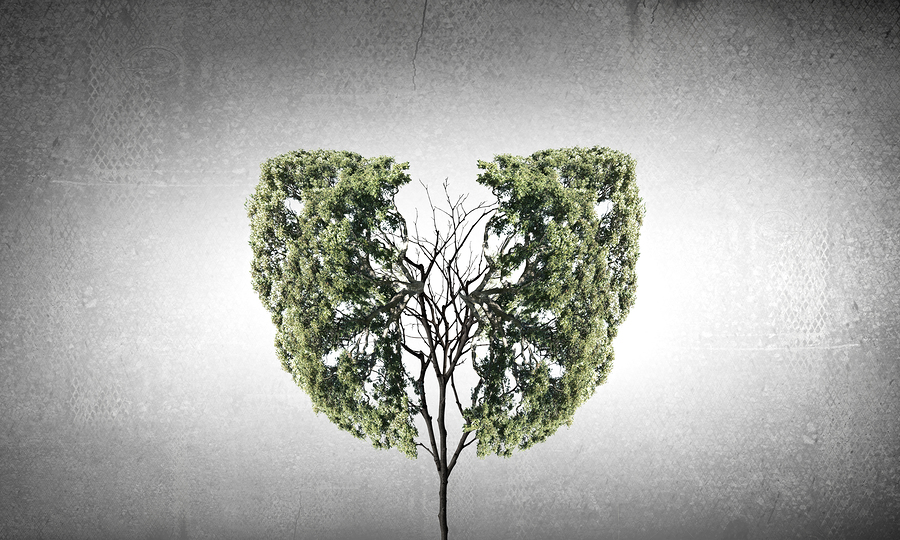Blog

August 23: Holotropic Breathwork workshop in Montreal
HOLOTROPIC BREATHWORK WORKSHOP IN MONTREAL Saturday, August 23, 2025 Come awaken the power of your inner healer. Holotropic Breathwork offers a profound way to access

Eight Good Reasons to Try Holotropic Breathwork
In a world that moves faster and faster, it’s essential to take time for ourselves—to slow down, feel, and reconnect with what is alive within

The difference between holotropic breathwork and other types of breathwork
What makes holotropic breathwork unique from other forms of breathwork? There are four essential things, in my opinion, that make holotropic breathwork not only unique

The familiar feeling of confinement
I like to observe things through the lenses of the perinatal experience. Especially events of an archetypal nature such as the current pandemic. A disease

The Hidden Power Within
I like original thinkers, people who have very personal, thoughtful and articulate opinions on all subjects. These thinkers who come to make us question certainties

The Infallible Inner Healer
One of the central concepts of Holotropic Breathwork is that the use of non-ordinary states of consciousness creates a contact with a mysterious force called
